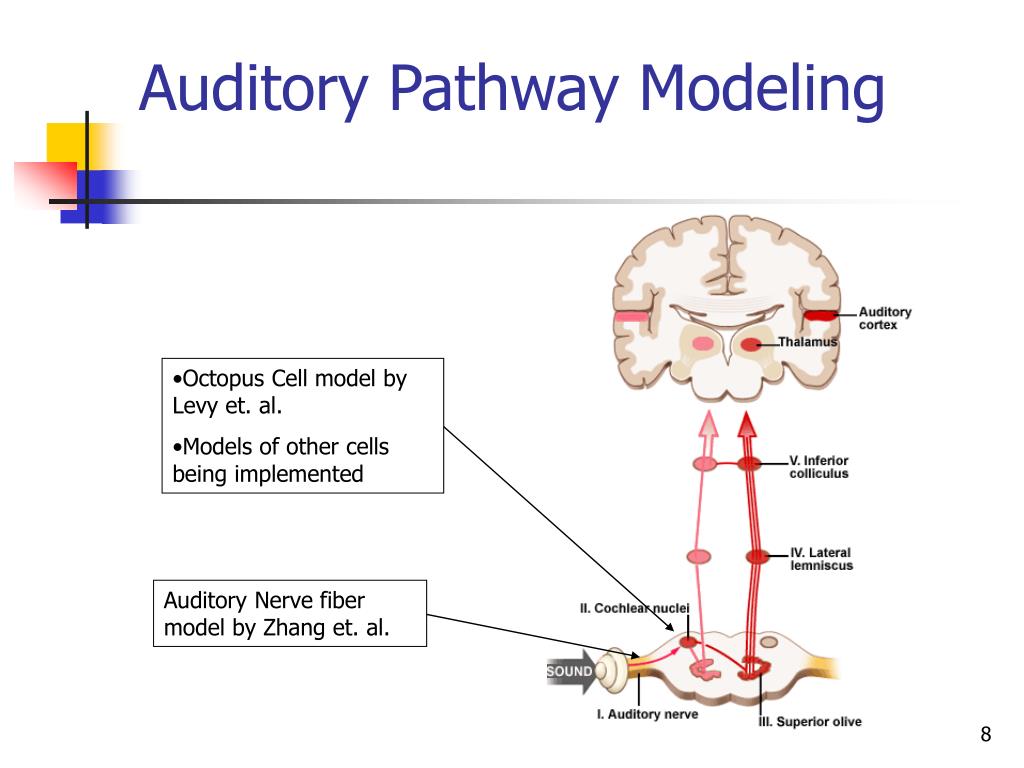

Kinesthetic learners are usually strong in math and science and would rather show someone how to do something rather than verbally explain it. Lessons are best learned through touching, building, moving, or drawing rather than lectures and reading. Learning is best when it is HANDS-ON or involves physical activity. Kinesthetic learners retain information best by doing, not just by reading, seeing, or hearing. Record lectures and lessons in order to play back and listen multiple times as a study technique.Ask questions and engage in conversational discussion to learn new the material.Record yourself spelling words and then listen to the recording.Use flashcards and read them out loud to reinforce lessons, concepts and new words.Study in groups so that you may talk out loud and explain your ideas to other individuals.When bored auditory learners have a tendency to hum or talk to themselves or others. Tips for auditory learners include: Although sometimes slower readers, auditory learners usually possess incredible memories. Lessons are learned by listening and repeating notes back out loud.Īuditory learners are often talented musicians and benefit greatly from using a word association techniques. As a auditory learner you prefer to HEAR what you are learning and your brain stores information by the way it sounds.
#Aural vs auditory code
Color code to group similar ideas together and underscore important concepts.Īuditory learners retain information through hearing and listening.Draw pictures to help explain new concepts and then explain the pictures.Use flashcards to reinforce lessons, concepts and new words.Write down key words, ideas, or instructions for better retention.Try to visualize verbal instructions or things that are being read to you.Visual learners often have difficulty with spoken directions and can be easily distracted by sounds.

Visual learners read body language well and have a keen eye for esthetics. As a visual learner, you prefer to SEE what you are learning and you retain information best when visual objects like graphs, charts or pictures are used. Visual learners understand and remember things by seeing. Here’s some tips for using your learning style to your advantage: Visual Learners Total the number of questions answered A, answered B and answered C. “Follow me-it will be easier if I just show you how to get there.” The names of the roads or streets they will be onĬ. A description of building and landmarks they will pass on the wayī. When you give someone directions to your house, what are you most likely to tell them?Ī. The dance moves you did and the food you ateĥ. When you go to a party or event, what do you usually remember the next day?Ī. What do you find most distracting when you are trying to study?Ĥ. Had someone ask you questions that you can answer out loudģ. Read the book or your notes and reviewed pictures or chartsī. In High School, how did you usually study for a test?Ī. A book with word searches or crossword puzzlesĢ. When choosing a book to read for fun, what type would you pick?Ĭ. By recognizing whether you are a visual, auditory or kinesthetic learner, you will be able to incorporate learning techniques better suited to you, making learning quicker and more enjoyable.Īnswer the following 5 questions and see if you are able to uncover your unique learning style:ġ. Odds are that frustration was the result of a clash between the mode of teaching and your learning style. If you’ve ever experienced frustration while trying to learn something that was seemingly simple. Whether in a traditional classroom or online program, knowing your learning style is as important as knowing your shoe size. When it comes to learning some of us need to see it, some of us need to hear it and some of us need to do it. There are things that you and other people can do to help with your APD.There is no one size fits all approach to education.

Things you can do to help with auditory processing disorder (APD) To reduce background noise, school children with APD may be advised to wear a wireless earpiece that connects to a tiny microphone worn by their teacher. You can do it with a hearing specialist or in your own time online. Treatment usually involves activities to improve listening and concentration. There is no cure for APD but there are things that can help. Treating auditory processing disorder (APD) Testing for APD is not usually done on children under 7 years old.


 0 kommentar(er)
0 kommentar(er)
